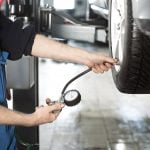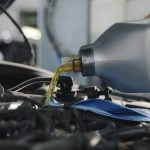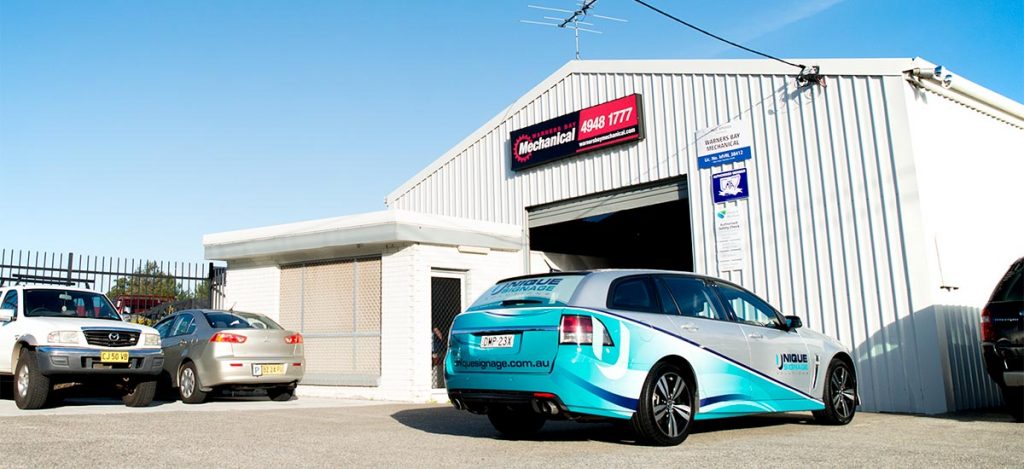
Periodic Servicing
Modern vehicles pop a light upon the dashboard to remind you that your car is due for a service, but what if your car is a few years old and doesn’t include these features? The easiest way to find out how often you should service your vehicle is to inspect the owner’s manual. There will be a section in the rear of the manual, or in a separate book, which lists all the service intervals and which service operations are required to be carried out.
If you do not have access to your vehicle’s logbook, the basic rule is every 10,000km or 6 months, whichever occurs first.
Even if you are not doing the kilometres, it’s still important to service your car regularly, as most fluids in your vehicle are susceptible to moisture and need to be inspected and replaced at specified intervals. There are 5 basic fluids in your car that you should check [click here to see information].
Issues can occur if you don’t get your vehicle serviced on schedule – such as reduced fuel economy, poor driving feel, and even major mechanical failures. While Modern engine oils contain cleaning agents that help keep the inside of the engine in good condition, the oil itself slowly deteriorates the longer it is used. Failing to change this oil causes the engine to block up with carbon deposits and increases wear on the internal components.
Brake fluid is another aspect that needs to be checked and replaced regularly, as it absorbs moisture from the air, which reduces the performance of the braking system. Most manufacturers recommend flushing the braking system every 2 years, regardless of the distance travelled.
Continuous stop-start driving (such as constant inner-city driving), towing a heavy load (such as a caravan or heavy trailer), or continuous high-speed driving puts more stress on vehicle components, and vehicles operated in these conditions require more frequent periodic maintenance to keep them running efficiently. Increasing the service operations to every 5,000km/3 months (whichever comes first) and replacing other fluids once a year increases the protection of major components under these operating conditions.




